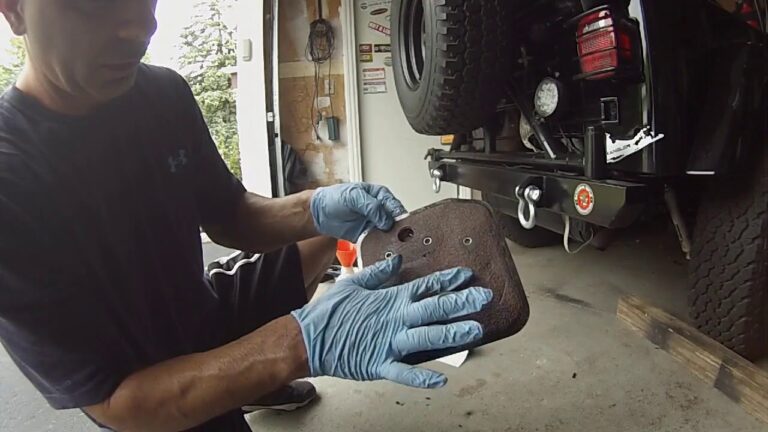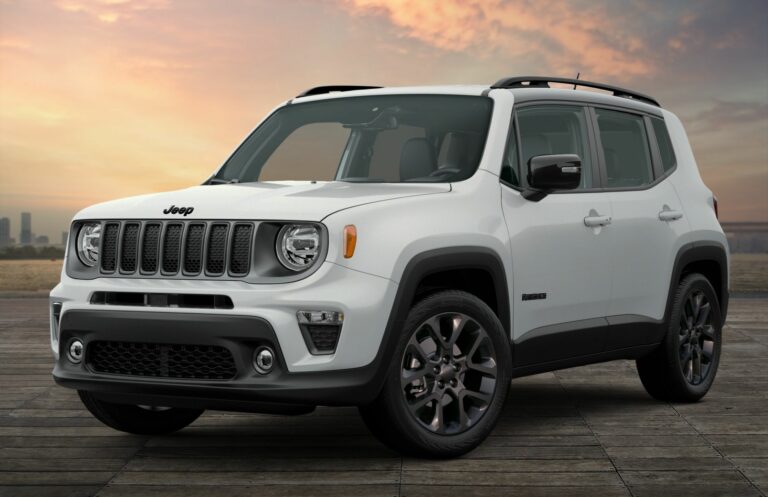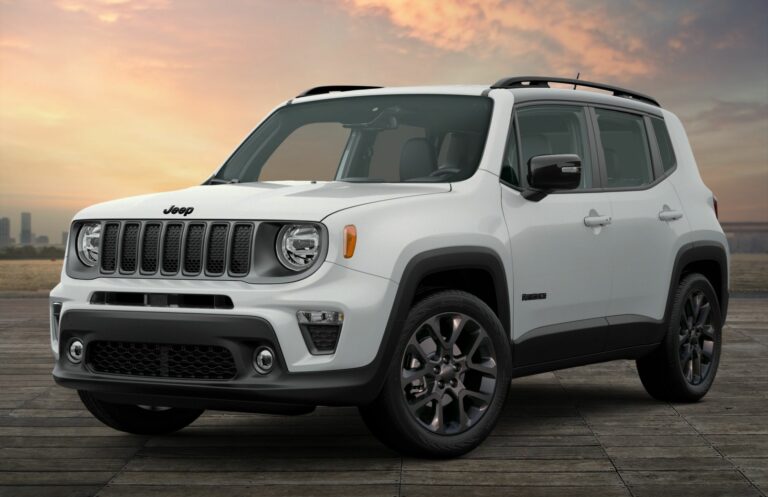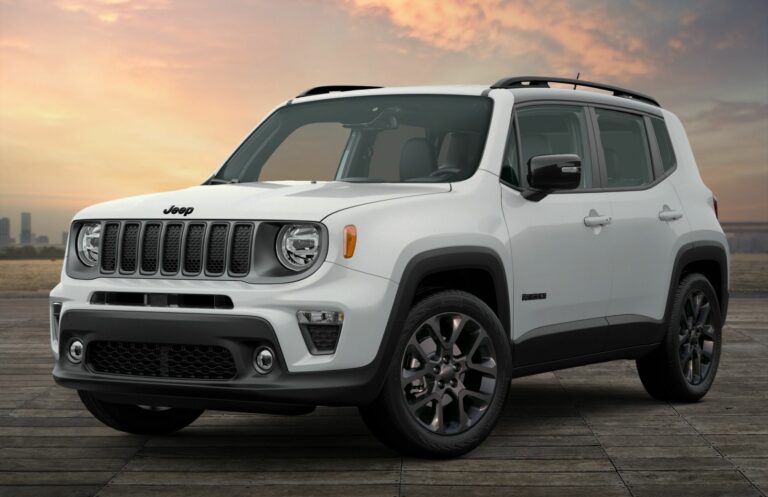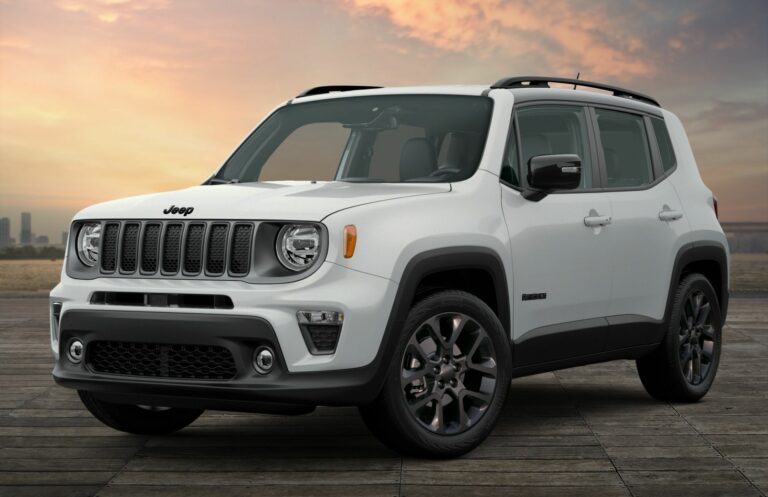Jeep Comanche For Sale: A Comprehensive Buyer’s Guide to Finding Your Dream MJ
Jeep Comanche For Sale: A Comprehensive Buyer’s Guide to Finding Your Dream MJ /jeeps.truckstrend.com
The allure of a classic vehicle often lies in its unique blend of history, utility, and character. Among the pantheon of iconic Jeeps, the Comanche stands as a distinctive and increasingly sought-after gem. Known internally as the MJ, the Jeep Comanche is more than just a pickup truck; it’s a testament to Jeep’s engineering prowess, merging the rugged capability of the XJ Cherokee with the practicality of a truck bed. For enthusiasts, collectors, and those simply seeking a robust, go-anywhere utility vehicle, a "Jeep Comanche For Sale" listing represents a rare opportunity to own a piece of automotive heritage.
This comprehensive guide aims to be your definitive resource, navigating the nuances of the Comanche market, offering practical advice, and highlighting key considerations for anyone looking to buy or sell one of these magnificent machines.
Jeep Comanche For Sale: A Comprehensive Buyer’s Guide to Finding Your Dream MJ
Why the Comanche Endures: A Legacy of Utility and Off-Road Prowess
Born from the highly successful Jeep Cherokee (XJ) platform, the Jeep Comanche entered the market in 1986 and ceased production in 1992, making its seven-year run relatively short but impactful. Unlike traditional body-on-frame pickups, the Comanche utilized a unique unibody construction, inheriting the XJ’s nimble handling, excellent off-road articulation, and robust powertrain options.
Early models offered a variety of engines, including the underpowered 2.5L AMC I4 and a problematic 2.8L GM V6. However, the true stars of the lineup, and the engines most coveted today, were the inline-six powerhouses: the Renix-era 4.0L I6 (1987-1990) and the High Output (HO) 4.0L I6 (1991-1992). These engines, renowned for their legendary durability, torque, and ease of maintenance, transformed the Comanche into a formidable workhorse and an off-road beast.
Available with both two-wheel drive (2WD) and the more desirable Command-Trac (part-time) or Selec-Trac (full-time) four-wheel drive (4WD) systems, the Comanche could be configured for various needs. It also offered both short (6-foot) and long (7-foot) bed options, providing versatility for hauling. Its relatively lightweight design, combined with robust axles (Dana 30 front, Dana 35 or optional Dana 44 rear), made it incredibly capable on trails and surprisingly efficient for its time.
The Comanche’s enduring appeal stems from several factors: its relative rarity, its robust Jeep DNA, the legendary 4.0L engine, its distinct styling, and its practical utility as a compact pickup. For many, it represents the best of both worlds: the rugged charm of a classic Jeep and the functionality of a truck.
Navigating the Market: Where to Find a Jeep Comanche For Sale
Finding a Jeep Comanche for sale isn’t as straightforward as searching for a modern pickup. Their limited production numbers and age mean they don’t frequently appear on traditional dealership lots. Instead, the hunt requires a more targeted approach.
-
Online Marketplaces:
- Craigslist & Facebook Marketplace: These are often the first stop for private sellers. Use broad search terms initially (e.g., "Jeep Comanche," "MJ," "Commanche truck") and be prepared to expand your search radius significantly.
- eBay Motors: Good for nationwide searches, often featuring more detailed listings and sometimes higher-end or restored examples.
- Dedicated Forums & Social Media Groups: Websites like NAXJA (North American XJ Association) and ComancheClub.com have dedicated "For Sale" sections. Facebook groups centered around Jeep XJ/MJ enthusiasts are goldmines, as members often post their vehicles for sale within the community.
- Specialty Auction Sites: Sites like Bring a Trailer or Cars & Bids occasionally feature well-preserved or highly customized Comanches, often fetching premium prices.
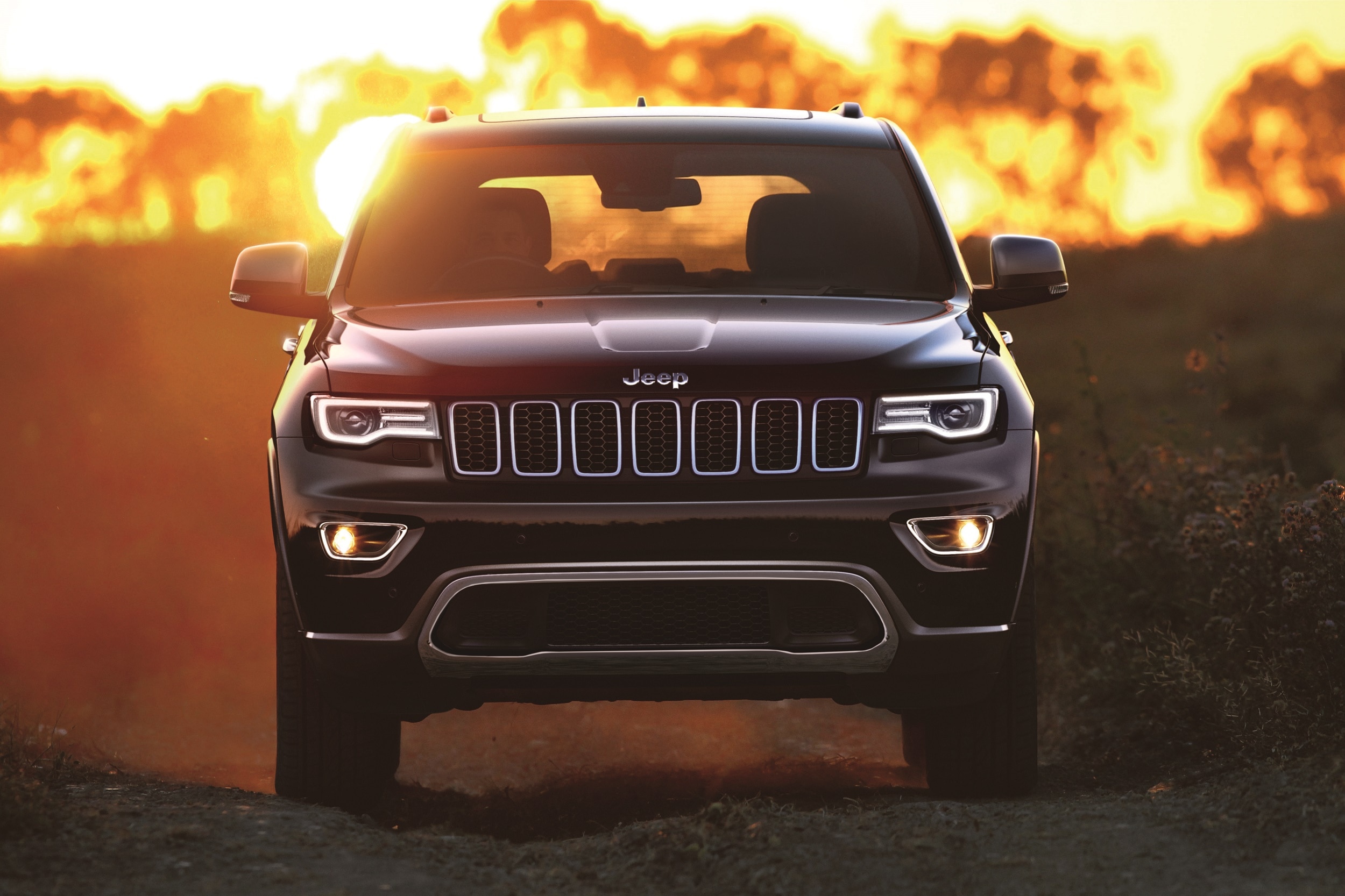
Local Dealerships & Used Car Lots: While rare, some independent used car lots specializing in classic or off-road vehicles might occasionally have a Comanche. It’s worth a periodic check.
-
Word of Mouth & Local Classifieds: Don’t underestimate the power of community. Let friends, mechanics, and local Jeep club members know you’re looking. Sometimes the best deals are found before they hit the broader market.
-
Salvage Yards/Parts Cars: If you’re an experienced mechanic or looking for a project, salvage yards might yield a rough Comanche suitable for restoration or as a parts donor.
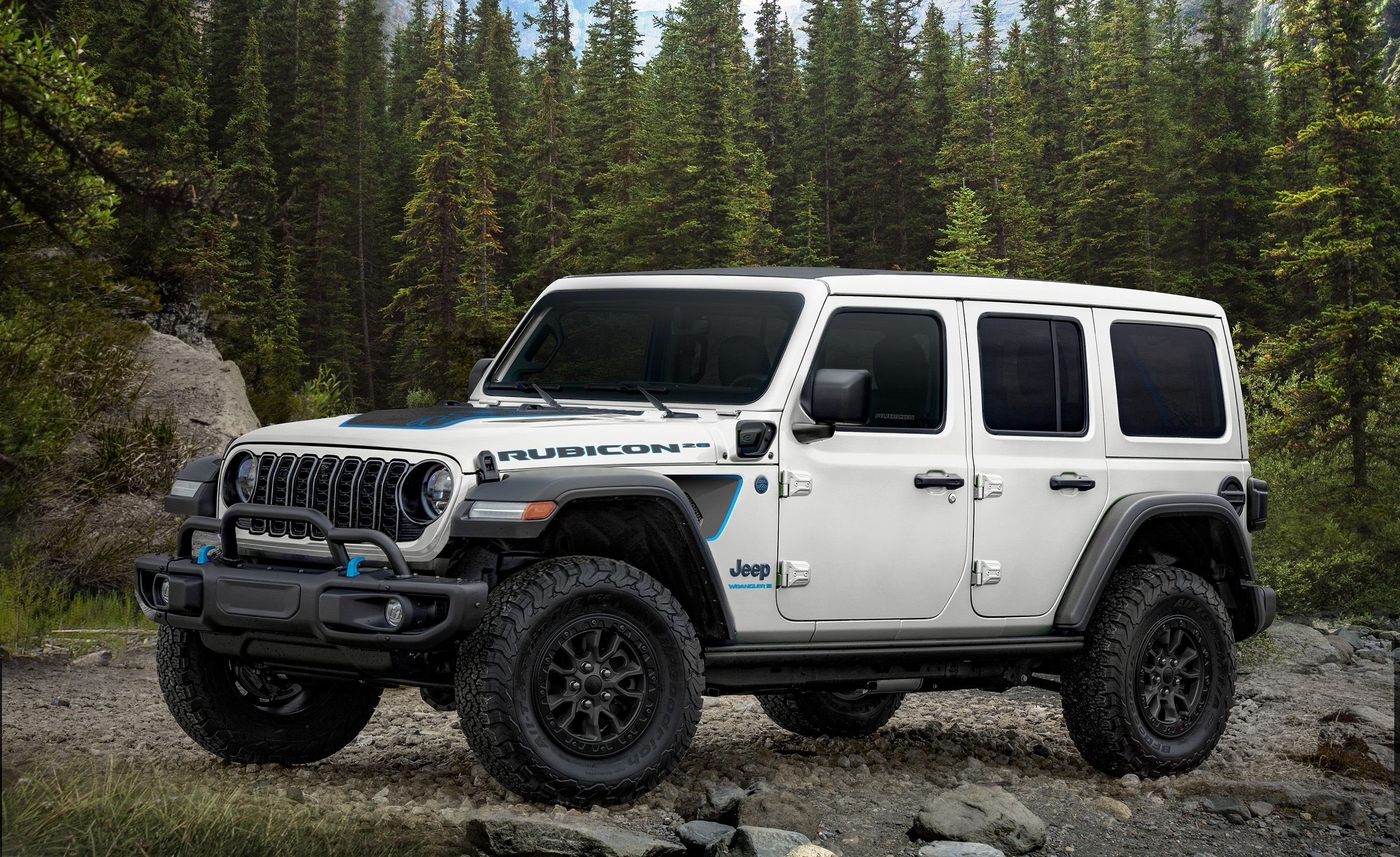
Tips for Searching: Be patient. The right Comanche might not appear overnight. Set up alerts on various platforms for new listings. Be ready to travel if you find a promising candidate, as good examples are scarce.
What to Look For: A Buyer’s Checklist for the Comanche
When considering a "Jeep Comanche For Sale," a thorough inspection is paramount. These vehicles are decades old, and their condition can vary wildly.
-
Rust (The Silent Killer): This is the number one concern. Comanches are notorious for rust, particularly in:
- Frame Rails/Unibody: Check the "frame" rails under the doors, where the front clip meets the cab, and around the rear leaf spring mounts. Significant rust here can be a deal-breaker.
- Cab Corners & Rocker Panels: Common rust spots due to water and dirt accumulation.
- Bed Floor & Supports: Especially if a bed liner has been present, trapping moisture.
- Wheel Wells & Fender Flares: Inspect thoroughly.
-
Engine (4.0L I6 is King):
- Listen for Noises: Tapping, knocking, or excessive lifter noise can indicate internal wear.
- Check for Leaks: Oil (rear main seal is common but not always catastrophic), coolant, power steering.
- Cooling System: Inspect radiator, hoses, water pump, and fan clutch. Overheating is a common XJ/MJ issue.
- Maintenance Records: Look for evidence of regular oil changes, tune-ups, and fluid flushes.
-
Transmission & Drivetrain:
- Automatic (AW4): Check fluid color and smell (should be red, not burnt). Test all gears, including reverse, for smooth engagement.
- Manual (AX-4/5/15): Test clutch feel, engagement, and shifting through all gears. Listen for grinding.
- Transfer Case (NP231/NP242): Engage 4WD (high and low range). Listen for clunking or grinding. Check for leaks.
- Axles & U-Joints: Look for differential leaks, excessive play in the driveshafts, and worn U-joints (often indicated by clunking when accelerating or decelerating).
-
Suspension & Steering:
- Sagging: Rear leaf springs are prone to sagging over time.
- Bushings & Ball Joints: Check for cracks, excessive play.
- Steering: Test for excessive play in the steering wheel, listen for power steering pump whine.
-
Interior & Electrical:
- Dashboard: Cracks are common due to sun exposure.
- Seats: Check for tears, wear, and frame integrity.
- Electrical: Test all lights, wipers, horn, power windows, radio, and HVAC system. Wiring issues can be frustrating.
-
Documentation: A clear title is essential. Service records, original owner’s manuals, and modification receipts add value and provide insight into the vehicle’s history.
Pre-Purchase Inspection (PPI): If you’re serious about a Comanche, especially one from out of town, invest in a PPI by a trusted mechanic who is familiar with older Jeeps. It’s money well spent.
Pricing Your Comanche: Factors Influencing Value
The price of a Jeep Comanche for sale can vary significantly, ranging from a few hundred dollars for a project truck to well over $20,000 for a meticulously restored or low-mileage original example. Several factors play a crucial role:
-
Overall Condition: This is the most significant factor.
- Concours/Show Quality: Pristine, original, or professionally restored. (Very rare)
- Excellent: Well-maintained, minimal flaws, no significant rust.
- Good: Solid daily driver, some cosmetic flaws, minor manageable rust.
- Fair/Driver: Needs work, noticeable flaws, potentially moderate rust, but mechanically sound enough to drive.
- Project/Parts Car: Significant mechanical or body work required, often non-running.
-
Engine & Drivetrain: A 4.0L I6 with 4WD and a manual transmission typically commands the highest price.
-
Mileage: Lower mileage generally means higher value, assuming maintenance has been consistent.
-
Rust: The less rust, the higher the value. Rust repair is expensive.
-
Trim Level: While less impactful than condition, some trim levels (Eliminator, Chief, Pioneer, SporTruck) might appeal to specific collectors.
-
Modifications: Tasteful, well-executed modifications (e.g., quality lift kits, updated wheels/tires, engine upgrades) can increase value. Poorly done or extreme modifications can decrease it.
-
Location: Demand and pricing can vary by region.
-
Market Trends: The classic truck and vintage 4×4 markets are strong, which generally keeps Comanche values robust.
Estimated Price Range for Jeep Comanche For Sale (USD)
| Condition | Engine | Drivetrain | Typical Price Range (USD) | Notes |
|---|---|---|---|---|
| Project/Parts | Any | Any | $500 – $3,000 | Non-running, heavy rust, significant mechanical issues. For parts or full restoration. |
| Fair/Driver | 2.5L I4/4.0L | 2WD/4WD | $3,000 – $7,000 | Running and driving, but needs significant cosmetic/mechanical work. Rust likely present. |
| Good Daily Driver | 4.0L I6 | 4WD | $7,000 – $15,000 | Solid mechanicals, minor rust/cosmetic flaws, reliable for daily use. Well-maintained. |
| Excellent/Clean | 4.0L I6 | 4WD | $15,000 – $25,000+ | Minimal rust, well-preserved interior, strong engine/transmission, possibly low mileage or light restoration. |
| Concours/Restored | 4.0L I6 | 4WD | $25,000 – $40,000+ | Professional restoration, show quality, or exceptionally original, low-mileage examples. (Rare) |
Note: These are estimated ranges and can fluctuate based on specific features, history, and market demand.
Common Challenges and Solutions
Owning a vintage vehicle like the Comanche comes with its unique set of challenges, but most have established solutions.
- Rust: Prevention is key. If buying a rusty one, budget for professional repair or be prepared for extensive DIY work. Replacement body panels are rare; custom fabrication is often needed.
- Parts Availability: While many mechanical components (engine, transmission, transfer case, axles, front suspension, interior parts) are shared with the ubiquitous XJ Cherokee, Comanche-specific body panels (cab, bed, tailgate) are extremely hard to find. Join Comanche-specific forums for leads on rare parts. Aftermarket support for common wear items is generally good.
- Unibody Integrity: Years of off-roading or heavy loads can stress the unibody. Look for cracks, especially around suspension mounting points. Reinforcement kits are available from aftermarket companies.
- Finding an Unmodified Example: Many Comanches have been lifted or modified over the years. If you seek originality, patience is required. Conversely, if you want to customize, a pre-modified one might save you time and money, provided the work was done correctly.
- Cost of Ownership: While the initial purchase price might be appealing, be prepared for ongoing maintenance and potential repair costs. Older vehicles require more attention.
Concluding Summary
The Jeep Comanche is more than just a utility vehicle; it’s a testament to a bygone era of robust, no-nonsense automotive design. Its unique blend of XJ Cherokee agility and pickup truck utility makes it a highly desirable classic for a specific niche of enthusiasts. Finding a "Jeep Comanche For Sale" can be a journey, but with diligent research, a keen eye for inspection, and a realistic budget, you can uncover a truly rewarding ownership experience.
Whether you’re seeking a capable off-roader, a practical hauler, or a unique collector’s item, the Comanche delivers. Its enduring appeal lies in its rugged charm, legendary powertrain, and the undeniable cool factor of owning a piece of Jeep history. Embrace the hunt, be thorough in your assessment, and you’ll soon be enjoying the unparalleled satisfaction of driving your very own Jeep Comanche.
Frequently Asked Questions (FAQ) about Jeep Comanche For Sale
Q1: How rare is the Jeep Comanche?
A1: The Jeep Comanche had a relatively short production run (1986-1992) with just over 190,000 units built. Compared to the millions of XJ Cherokees, they are significantly rarer, especially in good, rust-free condition.
Q2: What is the best engine for a Jeep Comanche?
A2: The 4.0L AMC inline-six engine (both Renix and High Output versions) is overwhelmingly considered the best. It’s known for its legendary durability, torque, and ease of maintenance.
Q3: Are parts hard to find for a Jeep Comanche?
A3: Many mechanical parts (engine, transmission, transfer case, axles, front suspension, interior components) are shared with the very common XJ Cherokee, so these are generally easy to find. However, Comanche-specific body panels (cab, bed, tailgate, specific glass) are extremely rare and difficult to source.
Q4: Can I lift a Jeep Comanche?
A4: Yes, like the XJ Cherokee, the Comanche is a popular platform for suspension lifts and off-road modifications. Many aftermarket companies offer lift kits and other upgrades.
Q5: What’s the difference between the Renix 4.0L and the HO 4.0L?
A5: The Renix 4.0L (1987-1990) used an older fuel injection system developed by a partnership between Renault and Bendix. The High Output (HO) 4.0L (1991-1992) featured an updated cylinder head, intake manifold, and fuel injection system (Chrysler-based), resulting in more horsepower (190hp vs. 177hp) and a slightly smoother idle. Both are very reliable.
Q6: Is a Jeep Comanche a good daily driver?
A6: A well-maintained Comanche with the 4.0L engine can certainly serve as a reliable daily driver, especially if you appreciate older vehicles. However, be prepared for typical vintage vehicle quirks, less modern safety features, and potentially higher fuel consumption than newer compact trucks.
Q7: What are the common rust spots on a Comanche?
A7: The most common rust spots include the unibody "frame" rails under the doors, cab corners, rocker panels, the bed floor (especially under bed liners), and around the rear leaf spring mounts. Thorough inspection is crucial.
![]()

